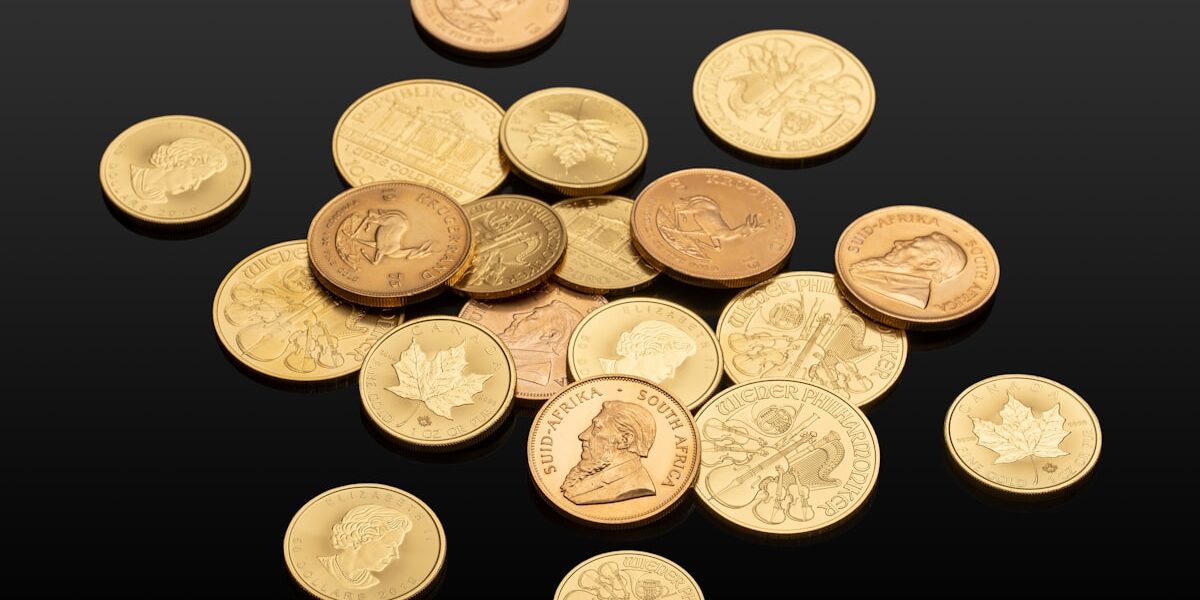The 2.5 Dollar Gold Coin: A Detailed Exploration of Its Weight and History
The 2.5 dollar gold coin, also known as the quarter eagle, is a fascinating piece of American numismatic history. This coin has been part of the U.S. monetary system since the early 19th century. It offers a unique glimpse into the evolution of American currency. The quarter eagle is notable for its distinctive design and modest gold content.
The Origin and Design of the Quarter Eagle
The U.S. Mint introduced the 2.5 dollar gold coin in 1796. It was part of the early American coinage system, which sought to establish a standardized currency. The coin features Lady Liberty on the obverse. This design underwent several modifications over the years. The reverse typically showcases an eagle, symbolizing strength and freedom.
From 1796 to 1907, the coin’s design varied significantly. Early versions showcased a turban head or capped bust of Liberty. Later, the Liberty Head and Indian Head designs became prevalent. These changes reflected cultural and artistic trends in America. They also demonstrated technological advances in minting processes during that era.
The Composition and Gold Content
The quarter eagle contains a specific amount of gold. This contributes to its intrinsic value. The coin’s composition is 90% gold and 10% copper. This alloying strengthened the coin. It was necessary to withstand circulation wear and tear. In terms of gold weight, it contains approximately 0.12094 troy ounces. This translates to about 3.76 grams of pure gold.
Understanding Coin Weights: The Troy Ounce
When discussing the weight of gold coins, it is crucial to understand the troy weight system. This ancient system differs from the more common avoirdupois system. A troy ounce is about 31.1035 grams. In contrast, an avoirdupois ounce, used in the U.S. for most other aspects, is about 28.3495 grams. This distinction affects how gold and other precious metals are weighed and valued.
The Coin’s Role in Commerce and Trade
The 2.5 dollar gold coin played a significant role in commerce. During its primary circulation, it facilitated larger transactions before the adoption of paper currency. Merchants and traders often used these coins in business dealings. They provided a reliable medium of exchange. The coin’s gold content guaranteed its acceptance across the country and internationally.
As the U.S. economy grew, the need for higher denominations increased. This coin, along with other gold eagles, bridged the gap until larger denominations were minted. Quarter eagles represented a significant step in the maturation of the U.S. monetary system.
The End of Production and Collectability
The minting of the 2.5 dollar gold coin ceased in 1929. This was largely due to changes in monetary policy and the adoption of paper notes. Collectors highly value these coins today. Their historical significance and gold content make them desirable. Certain rare dates and mint marks are particularly sought after. These coins offer a tangible connection to America’s past.
Factors Influencing the Coin’s Value
The market value of a quarter eagle depends on several factors. These include its gold content, condition, rarity, and historical interest. Well-preserved coins fetch higher prices. So do those with low mintage numbers or significant historical relevance. Numismatists meticulously grade and evaluate each coin to determine its market worth.
Mint Marks and Their Importance
The quarter eagle was produced at multiple mints. These include Philadelphia, Charlotte, Dahlonega, and New Orleans. The mint mark indicates the origin of each coin. It often plays a crucial role in valuation. Coins minted outside of Philadelphia generally have higher collectability. This is due to fewer being produced at branch mints.
The Appeal to Modern Collectors
Today, the 2.5 dollar gold coin attracts both investors and hobbyists. Its monetary value and historical allure serve as a financial hedge and a collectable artifact. These coins offer a glimpse into the economic history of the United States. They provide insight into the country’s growth and development. Collectors regard quarter eagles as prized additions to any collection.
The Challenges of Authenticating Coins
Ensuring the authenticity of gold coins is crucial. Counterfeiting has posed challenges throughout history. Modern technology has improved authentication efforts. Magnification, metallurgical testing, and expert grading ensure legitimacy. These measures protect collectors and investors from fraudulent coins.
Conclusion
The 2.5 dollar gold coin remains an emblem of America’s economic history. Its consistent gold content, varying designs, and historical context make it an enduring piece of numismatic interest. Whether for investment or personal enjoyment, the quarter eagle offers both tangible value and a window into the past.
“`
Recommended Collecting Supplies
Coin Collection Book Holder Album – $9.99
312 pockets for coins of all sizes.
20x Magnifier Jewelry Loupe – $13.99
Essential tool for examining coins and stamps.
As an Amazon Associate, we earn from qualifying purchases.



